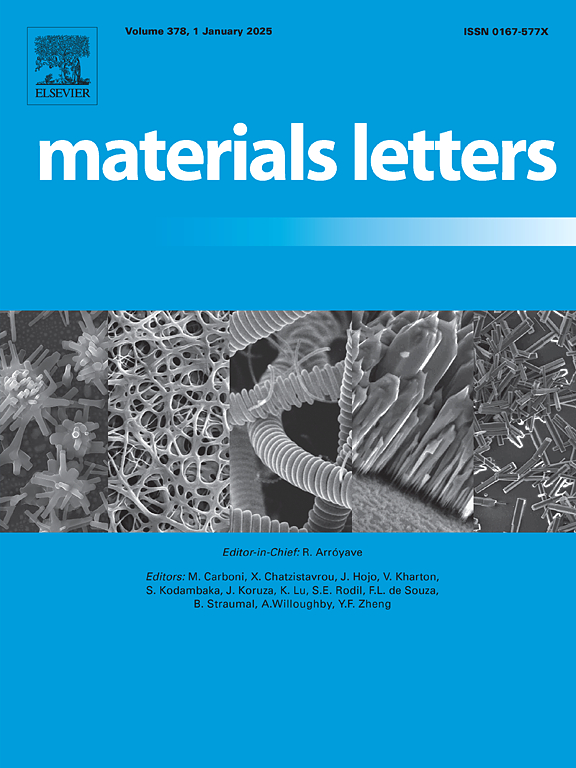Drapeable and elastic 3D printed Polylactic Acid (PLA) textiles
IF 2.7
4区 材料科学
Q3 MATERIALS SCIENCE, MULTIDISCIPLINARY
引用次数: 0
Abstract
In this research we present a novel technique to develop high ductility and drapeability 3D printed textiles by systematically controlling infill patterns (gyroid and rectilinear) across infill orientations (45°, 60°, 90°) and extrusion rates (60%, 80%, 100%). Using SEM, drapeability bending tests, and mechanical grab tests, we demonstrate for the first time 3D printed bio-based textiles with enhanced ductility and drapeability, while maintaining mechanical strength properties. Our novel approach can produce textiles with 91.4% reduction in bending length while maintaining mechanical strength, reduction in material use by as much as 40%, and a reduction in printing time by 50%. Therefore, this research presents a new approach to control several competing design objectives to 3D print sustainable bio-based textiles.
可垂性和弹性3D打印聚乳酸(PLA)纺织品
在这项研究中,我们提出了一种新技术,通过系统地控制填充图案(旋转和直线)在填充方向(45°,60°,90°)和挤出率(60%,80%,100%)来开发高延展性和悬垂性的3D打印纺织品。利用扫描电镜、可垂性弯曲测试和机械抓取测试,我们首次展示了3D打印生物基纺织品具有增强的延展性和可垂性,同时保持机械强度性能。我们的新方法可以在保持机械强度的情况下生产出弯曲长度减少91.4%的纺织品,减少多达40%的材料使用,减少50%的印刷时间。因此,本研究提出了一种新的方法来控制3D打印可持续生物基纺织品的几个相互竞争的设计目标。
本文章由计算机程序翻译,如有差异,请以英文原文为准。
求助全文
约1分钟内获得全文
求助全文
来源期刊

Materials Letters
工程技术-材料科学:综合
CiteScore
5.60
自引率
3.30%
发文量
1948
审稿时长
50 days
期刊介绍:
Materials Letters has an open access mirror journal Materials Letters: X, sharing the same aims and scope, editorial team, submission system and rigorous peer review.
Materials Letters is dedicated to publishing novel, cutting edge reports of broad interest to the materials community. The journal provides a forum for materials scientists and engineers, physicists, and chemists to rapidly communicate on the most important topics in the field of materials.
Contributions include, but are not limited to, a variety of topics such as:
• Materials - Metals and alloys, amorphous solids, ceramics, composites, polymers, semiconductors
• Applications - Structural, opto-electronic, magnetic, medical, MEMS, sensors, smart
• Characterization - Analytical, microscopy, scanning probes, nanoscopic, optical, electrical, magnetic, acoustic, spectroscopic, diffraction
• Novel Materials - Micro and nanostructures (nanowires, nanotubes, nanoparticles), nanocomposites, thin films, superlattices, quantum dots.
• Processing - Crystal growth, thin film processing, sol-gel processing, mechanical processing, assembly, nanocrystalline processing.
• Properties - Mechanical, magnetic, optical, electrical, ferroelectric, thermal, interfacial, transport, thermodynamic
• Synthesis - Quenching, solid state, solidification, solution synthesis, vapor deposition, high pressure, explosive
 求助内容:
求助内容: 应助结果提醒方式:
应助结果提醒方式:


